
Alumnus: @HFSP longterm fellow, @ISTAustria postdoc, @huiskenlab @mpicbg PhD.
#LINO19
Now making 3D printing #BetterWithOptics
Seems that all votes picked up by the last collection on Saturday will still count.
Doesn't matter which party, it's only important that you cast your democratic vote!
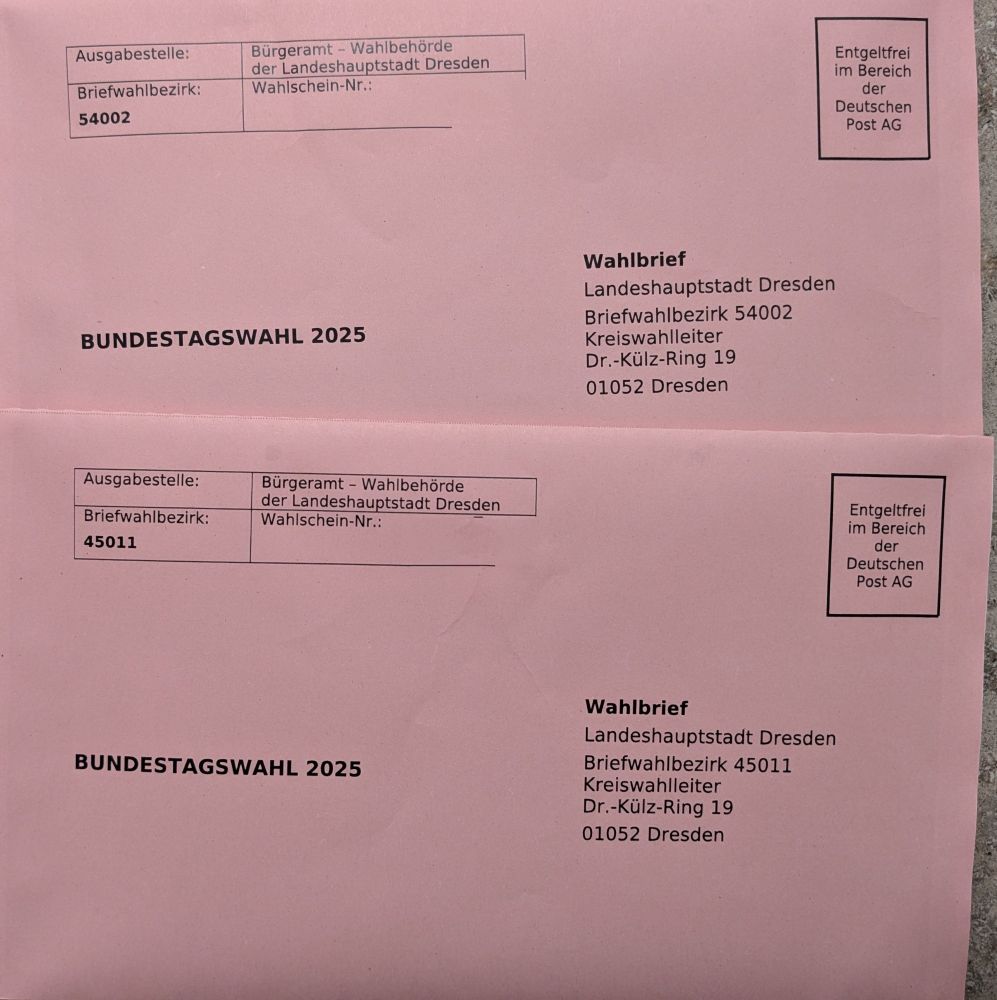
Seems that all votes picked up by the last collection on Saturday will still count.
Doesn't matter which party, it's only important that you cast your democratic vote!
- single pass
- double pass, where the beam bounces off the SLM twice to imprint two phase patterns (on orthogonal polarisations)
- split, where each half controls independent beams, to be recombined after the SLM (or not)
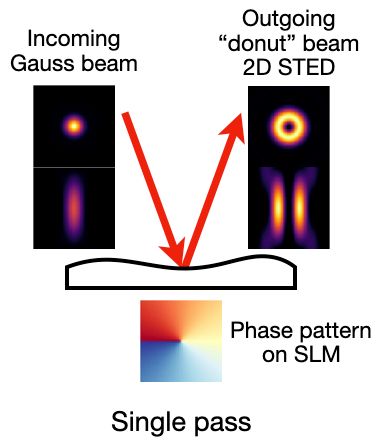
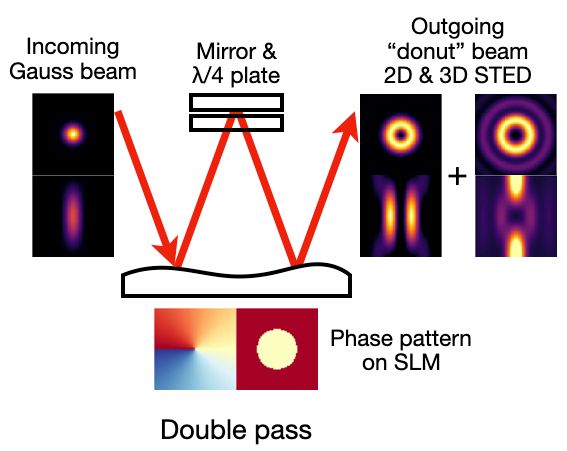

- single pass
- double pass, where the beam bounces off the SLM twice to imprint two phase patterns (on orthogonal polarisations)
- split, where each half controls independent beams, to be recombined after the SLM (or not)

Me & intern Hope McGovern used it extensively to train a neural net to recognize aberrations, with the goal to auto-align the real microscope.
I presented the results at FOM2021:
www.focusonmicroscopy.org/past/2021/PD...
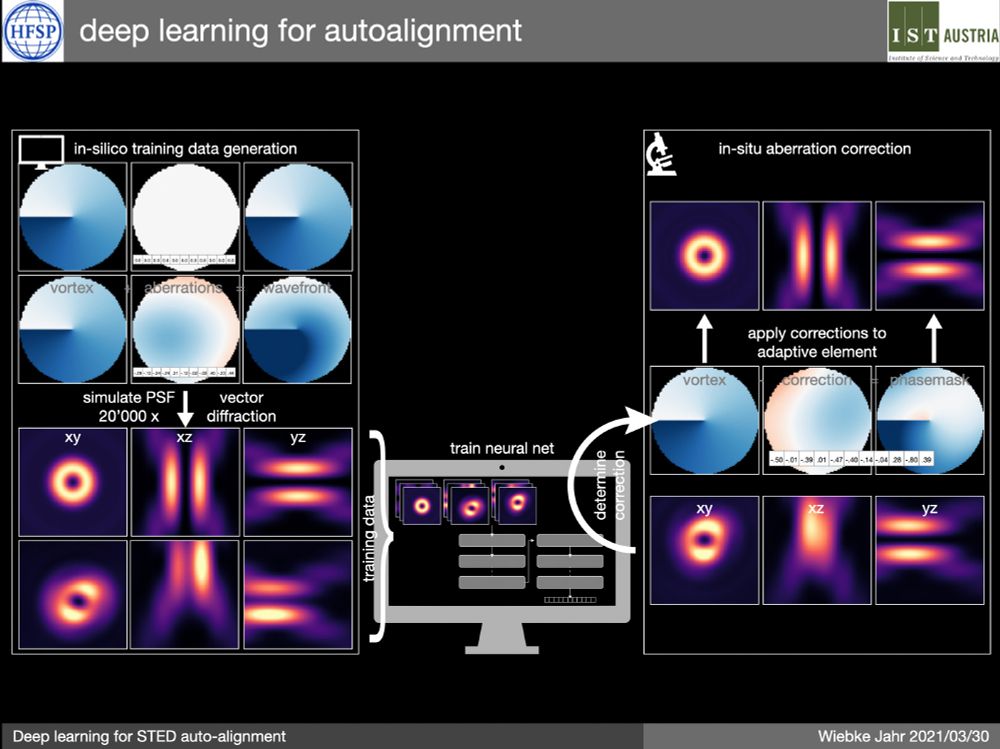
Me & intern Hope McGovern used it extensively to train a neural net to recognize aberrations, with the goal to auto-align the real microscope.
I presented the results at FOM2021:
www.focusonmicroscopy.org/past/2021/PD...
The predominant aberration-modes, eg astigmatism (left) or coma (right) are corrected simply by dialing in the respective corrections.
The SLM surface curvature is compensated by uploading the flat-field correction image (provided by the supplier).
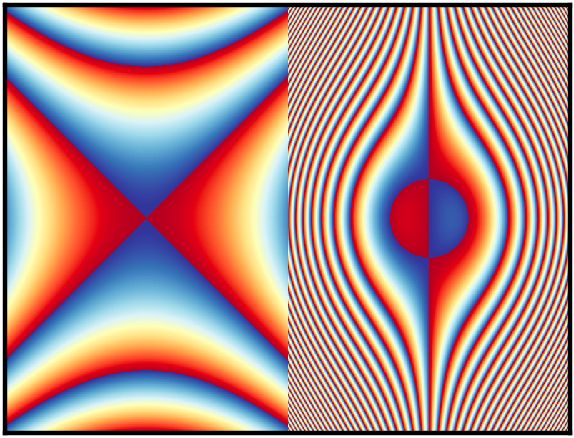
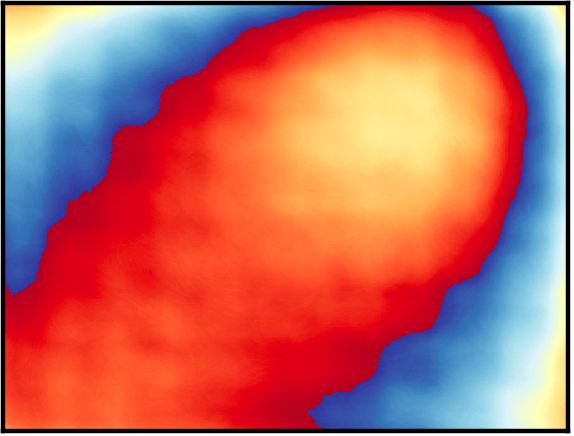
The predominant aberration-modes, eg astigmatism (left) or coma (right) are corrected simply by dialing in the respective corrections.
The SLM surface curvature is compensated by uploading the flat-field correction image (provided by the supplier).
First screenshot shows “vanilla” setup with 2D STED on left SLM half, 3D STED on right, no corrections. Second screenshot is with some typical corrections applied.

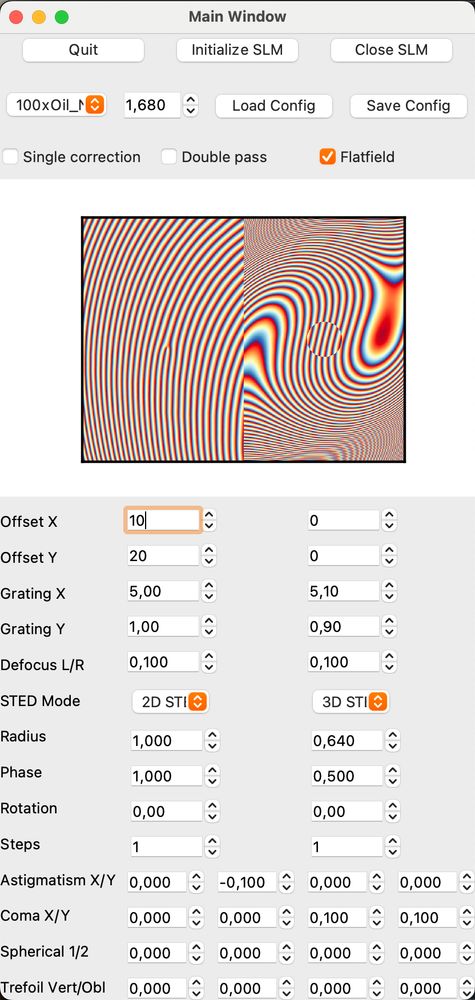
First screenshot shows “vanilla” setup with 2D STED on left SLM half, 3D STED on right, no corrections. Second screenshot is with some typical corrections applied.
I implemented a code-input dialogue for prototyping and testing, eg with the concentric circles with increasing amplitudes.
Not confident enough to code (yet)?
Just upload your vortex pattern as an image instead & dial in all other corrections via the GUI.

I implemented a code-input dialogue for prototyping and testing, eg with the concentric circles with increasing amplitudes.
Not confident enough to code (yet)?
Just upload your vortex pattern as an image instead & dial in all other corrections via the GUI.
Images always show the pattern on the SLM and a simulated intensity distribution:
- Gauss ("plain" confocal)
- 2D STED (donut)
- 3D STED (bottle beam)
- Segments (easy STED donut)
- Bivortex (2D + 3D)
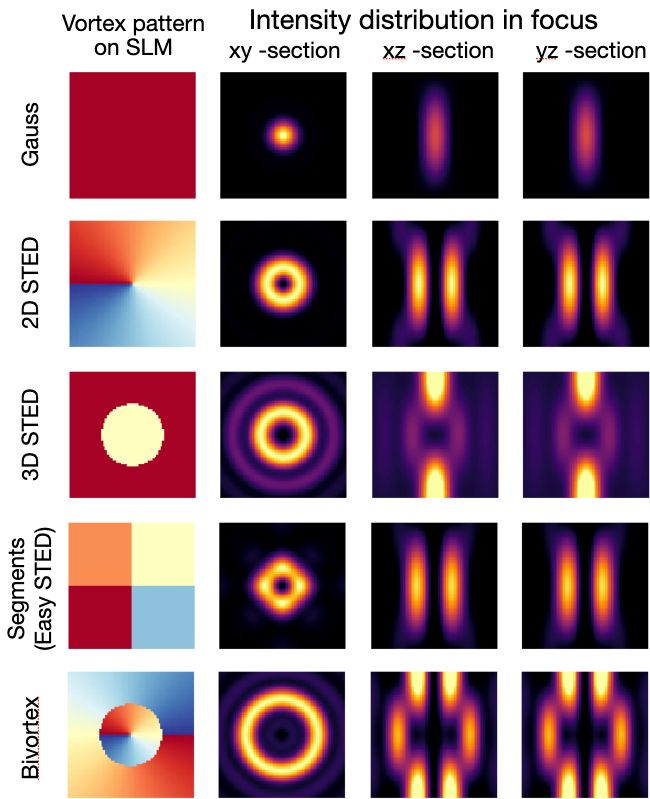
Images always show the pattern on the SLM and a simulated intensity distribution:
- Gauss ("plain" confocal)
- 2D STED (donut)
- 3D STED (bottle beam)
- Segments (easy STED donut)
- Bivortex (2D + 3D)
I am delighted to finally publish my code for controlling a spatial light modulator (SLM) to perform adaptive optics & to sculpt the vortex beams for STED & MINFLUX microscopy - complete w graphical user interface for easy use!
github.com/wiebkejahr/s...
Short user manual🧵

I am delighted to finally publish my code for controlling a spatial light modulator (SLM) to perform adaptive optics & to sculpt the vortex beams for STED & MINFLUX microscopy - complete w graphical user interface for easy use!
github.com/wiebkejahr/s...
Short user manual🧵
Super happy to see the first bit of sugar-coating on the mountains ❄️
But the best treat was the frozen waterfall. Simply majestic!
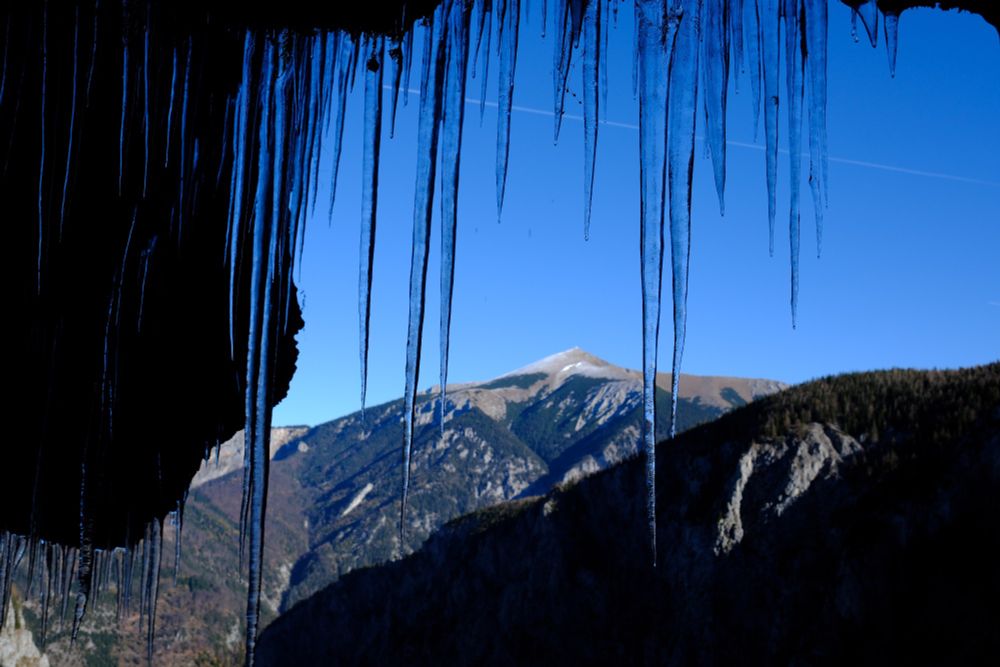

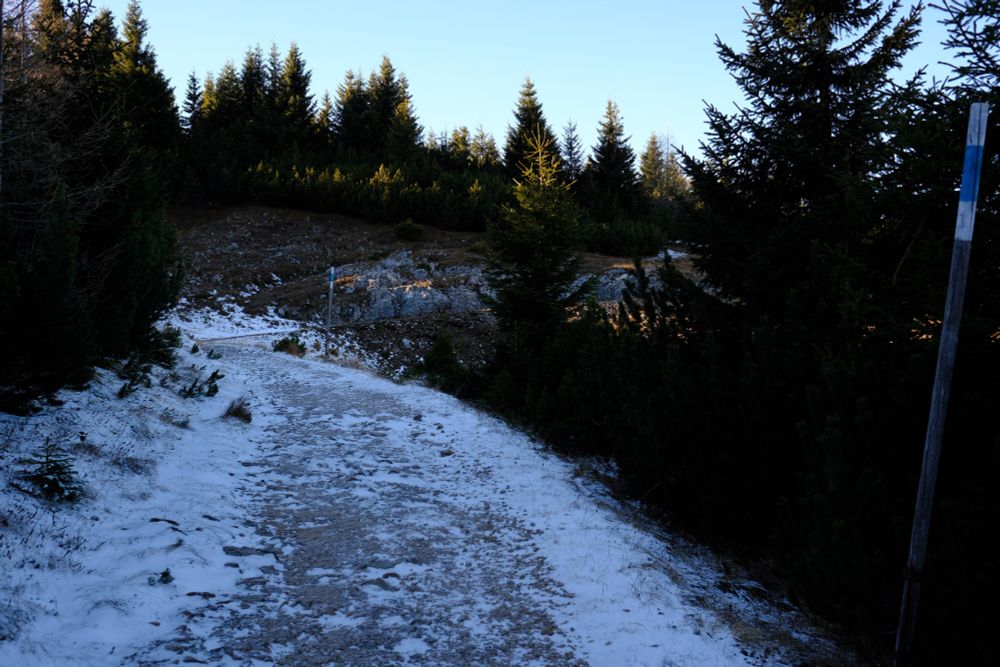
Super happy to see the first bit of sugar-coating on the mountains ❄️
But the best treat was the frozen waterfall. Simply majestic!

